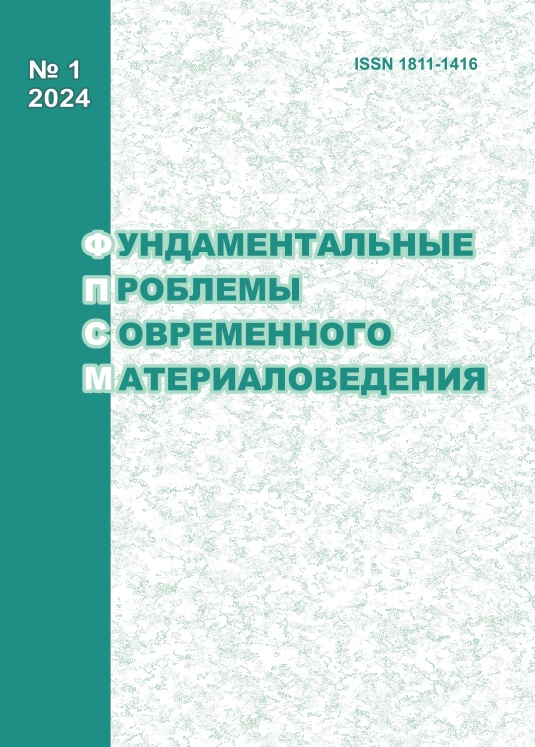STUDY OF THREE-STAGE THERMAL TREATMENT EFFECT ON (AlSi)3(Sc,Zr) AND (Mg5Si6) TYPE STRENGTHENING PARTICLES FORMATION IN Al–Mg–Si SERIES ALLOYS WITH LEAN Sc AND Zr ADDITION
10.25712/ASTU.1811-1416.2024.01.012
Keywords:
avial, scandium, alloying components, thermal treatment, transmission microscopy, mechanical properties, strengtheningAbstract
0.6Mg1Si alloy with scandium (0.05 %) and zirconium (0.15 %) additions was studied to understand the special features of its strengthening with the aid of both β''-phase (Mg5Si6) and Al3Sc (and its modifications). 0.6Mg1Si0.05Sc0.15Zr was subjected to multi-stage thermal treatment with the following parameters: 550 °С 8 h + 440 °С 8 h + 500 °С 0.5 h + 180 °С 5 h; for 0.6Mg1Si alloy: 550 °С 8 h + 180 °С 5 h. Fine strengthening particles were studied using transmission electron microscopy (TEM). In addition, mechanical properties were defined after each stage of thermal treatment. It was found out, that Sc and Zr additions facilitate triple yield strength and double ultimate strength improvement if thermal treatment is not applied. Base alloy demonstrates better strength characteristics after thermal treatment compared to the alloy with zirconium and scandium additions. Lower strength values are mainly associated with lower number of β''-phase (Mg5Si6) in the alloy with scandium additions vs base alloy during natural aging. This is related to inability to perform full-scale hardening of the alloy with scandium contents, as it will result in dissolution of formed (AlSi)3(Sc,Zr) particles. At the same time the number of (AlSi)3(Sc,Zr) particles, formed during thermal treatment, is fairly small, they have non-equiaxed shape and do not significantly contribute to strengthening.











 Journal «Fundamental’nye problemy sovremennogo materialovedenia / Basic Problems of Material Science»
Journal «Fundamental’nye problemy sovremennogo materialovedenia / Basic Problems of Material Science» This work is licensed under a
This work is licensed under a 
